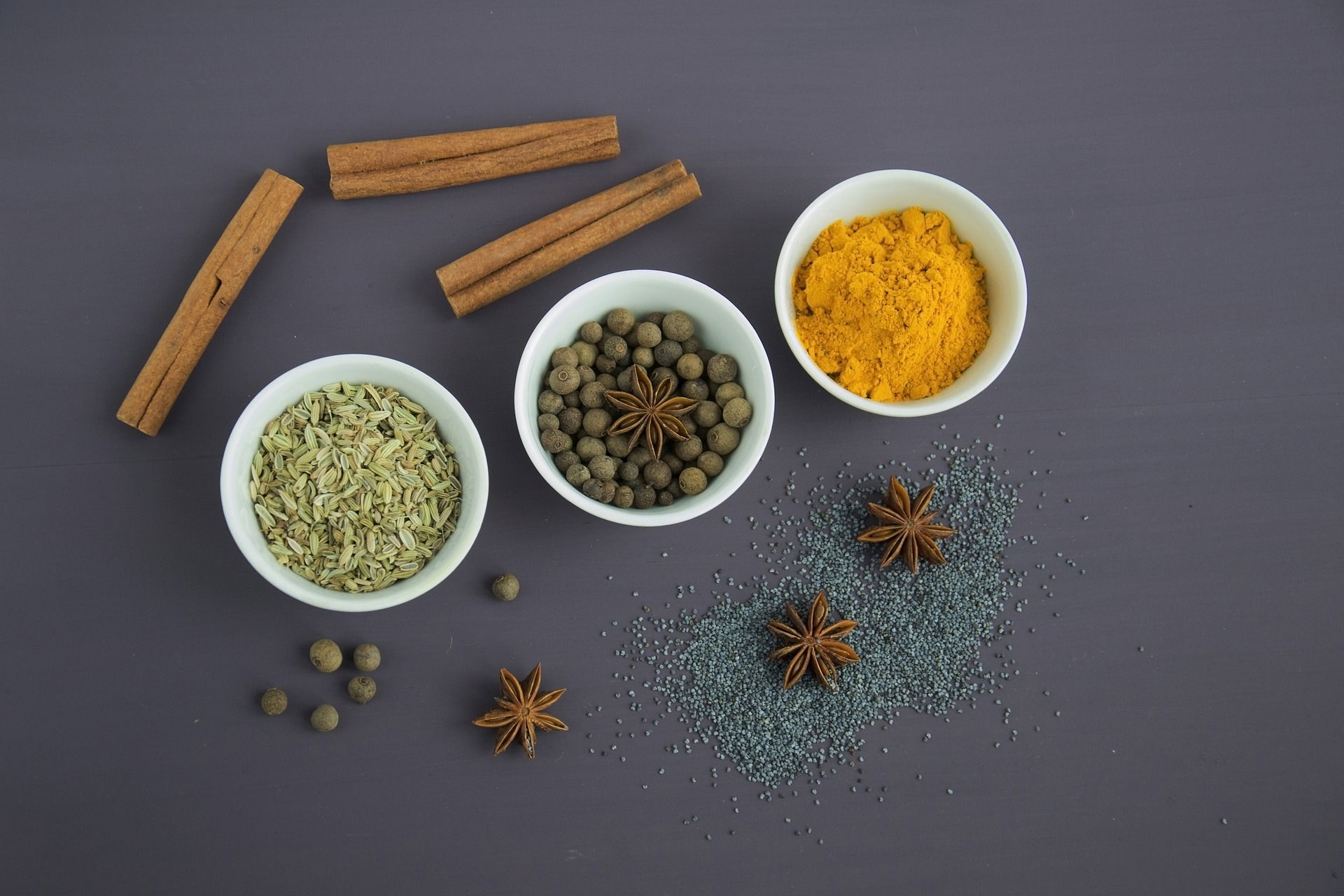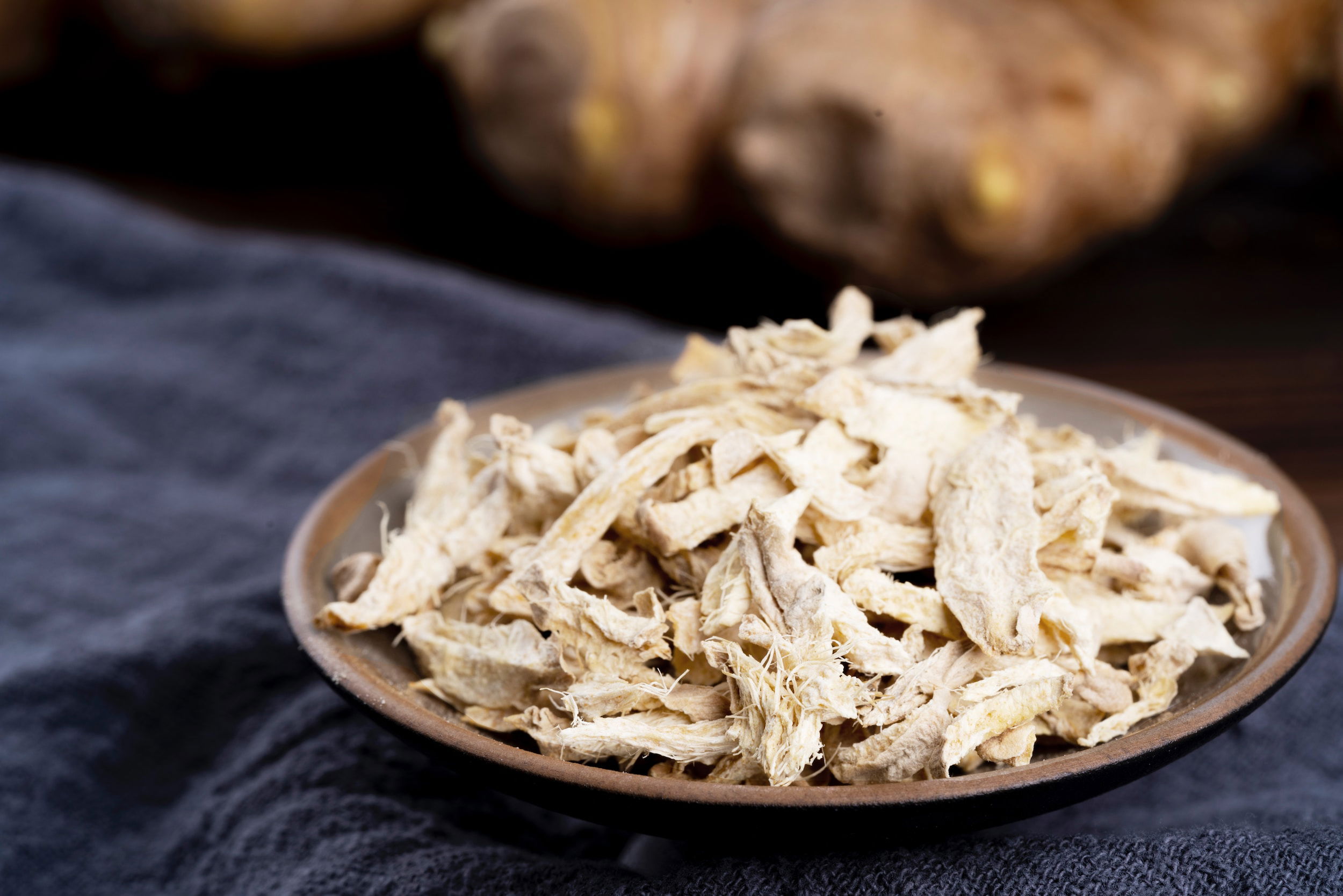South Korea is experiencing a surge in demand for fresh ginger, and Thailand is stepping up to meet it.

Thailand's fresh ginger is gaining popularity in South Korea's market, making its debut as a health food ingredient among consumers. This aromatic spice has been recognized for centuries for its medicinal properties and culinary applications in Thai cuisine.
With the increasing demand for natural and healthy food options, South Korean consumers are turning to Thai ginger as a healthy and flavorful addition to their meals. This article examines the background of Thai ginger, the process of exportation to South Korea, challenges and opportunities, and the benefits of Thai ginger to South Korean consumers.
1. Introduction
South Korea is experiencing a surge in demand for fresh ginger, and Thailand is stepping up to meet it. Thai ginger, known for its robust flavor and health benefits, is making its debut in South Korea, and it's not hard to see why it's quickly becoming a popular choice. In this article, we'll take a closer look at the background of Thai ginger, why South Korea's demand for it is increasing, and the process of exporting it to the country.

2. Background on Thai Ginger
Origin and Cultivation
Thai ginger, also known as galangal or siamese ginger, is a plant that belongs to the ginger family. It is native to Southeast Asia and has been cultivated in Thailand for centuries. Thai ginger has a smoother texture and a spicier, more pungent flavor than regular ginger.
Thai ginger is typically cultivated by small farmers in Thailand, who use traditional farming methods. The plant thrives in warm and humid environments and can grow up to four feet tall. It takes around 12-14 months for Thai ginger to mature, and it is typically harvested in the winter months.
Health Benefits
Thai ginger is not only flavorful; it also has many health benefits. It is known to have anti-inflammatory properties and can help with digestive issues, such as nausea and diarrhea. Thai ginger is also rich in antioxidants, which can help protect against cancer and other diseases.

3. South Korea's Growing Demand for Thai Ginger
Reasons for Increasing Demand
South Korea's demand for fresh ginger has been on the rise in recent years, and Thai ginger is becoming increasingly popular due to its unique flavor and health benefits. South Korean consumers are also becoming more health-conscious, and are seeking out foods that offer both taste and nutritional value.
Market Trends and Competition
Thai ginger is facing competition from other countries that also export fresh ginger to South Korea, such as China and Taiwan. However, Thai ginger's distinct flavor and health benefits set it apart from its competitors. The demand for Thai ginger is expected to continue to grow, as South Korean consumers become more familiar with the product.

4. The Process of Thai Ginger Exportation to South Korea
Cultivation and Harvesting
Thai ginger is typically cultivated by small-scale farmers in Thailand. After the ginger has matured, it is harvested by hand and then cleaned and sorted. The ginger is then transported to a processing facility, where it is prepared for export.
Packaging and Transportation
Once the ginger has been sorted and cleaned, it is packaged in boxes and loaded onto trucks for transport to the port. From there, it is shipped to South Korea, where it is unpacked and distributed to retailers and wholesalers.
In conclusion, Thai ginger is making a big splash in South Korea, and it's easy to see why. With its unique flavor and numerous health benefits, Thai ginger is a popular choice among health-conscious South Korean consumers. As demand continues to grow, the process of exporting Thai ginger to South Korea will likely become even more streamlined and efficient.

5. Challenges and Opportunities for Thai Ginger in South Korea
Thailand's fresh ginger is finally making its way to South Korea, but with new markets come new challenges and opportunities. Let's take a look at a couple of them.
Regulatory Compliance
While the South Korean market is known for being one of the most receptive to new and innovative products, it also has some of the most stringent regulatory requirements. To ensure that Thai ginger has a smooth entry into the market, Thai and South Korean regulators must work together to ensure compliance with all necessary regulations.
Supply Chain Management
Another challenge facing Thai ginger in South Korea is supply chain management. As the demand for Thai ginger grows, it is essential to ensure that the supply chain is efficient and transparent. This will help to maintain the quality of the product, reduce waste, and prevent price volatility.

6. Benefits of Thai Ginger to South Korean Consumers
Thai ginger offers several benefits to South Korean consumers, both in terms of culinary and medicinal applications.
Culinary Applications
Thai ginger's unique flavor and aroma make it an excellent ingredient for a variety of dishes. It can be used to add depth and complexity to soups, stir-fries, and curries. It also pairs well with seafood, meat, and vegetables.
Medicinal Properties
In addition to its culinary uses, Thai ginger is also known for its medicinal properties. It has been used for centuries in traditional medicine to treat everything from nausea and motion sickness to inflammation and pain. Thai ginger is also rich in antioxidants, making it a great addition to any diet.

7. Conclusion and Future Outlook for Thai Ginger in South Korea
Thai ginger's debut in South Korea represents an exciting opportunity for both Thai farmers and South Korean consumers. As the demand for Thai ginger grows, there is enormous potential for growth in the industry.
Potential for Growth
Thai ginger has the potential to capture a significant market share in South Korea, as consumers become more interested in fresh, healthy, and exotic ingredients. With the right marketing and distribution strategies, Thai ginger could become a staple in South Korean households.
Opportunities for Collaboration
Finally, there are numerous opportunities for collaboration between Thai and South Korean companies in the ginger industry. Whether it's through joint ventures, research partnerships, or supply chain collaborations, there is much to be gained by working together. By doing so, both countries can benefit from this exciting new market.
In conclusion, Thailand's fresh ginger is making its mark in South Korea's market as a healthy and flavorful ingredient. With the increasing demand for natural and healthy food options, Thai ginger presents significant opportunities for growth and collaboration between the two countries. As Thai ginger continues to gain popularity among South Korean consumers, it is undoubtedly poised for a bright future in the Korean food industry.

Frequently Asked Questions (FAQ)
What is Thai ginger?
Thai ginger, also known as galangal, is a rhizome that grows abundantly in Southeast Asia, including Thailand, and has been used for centuries in Thai cuisine and traditional medicine.
Why is Thai ginger gaining popularity in South Korea?
South Korean consumers are increasingly turning to natural and healthy food options, and Thai ginger is recognized for its culinary versatility and medicinal properties. Thai ginger's unique flavor profile and health benefits make it an attractive ingredient in South Korea's food industry.
How is Thai ginger exported to South Korea?
Thai ginger is cultivated and harvested in Thailand, and then processed and packaged for exportation to South Korea. The ginger is transported by sea or air to South Korea and undergoes customs clearance and regulatory compliance checks before it is distributed to retailers and consumers.
What are the benefits of Thai ginger to South Korean consumers?
Thai ginger has a range of health benefits, including anti-inflammatory and antioxidant properties, and is known to aid digestion and reduce nausea. Additionally, Thai ginger adds a unique and complex flavor to dishes and has a distinct aroma that enhances the sensory experience of food.
